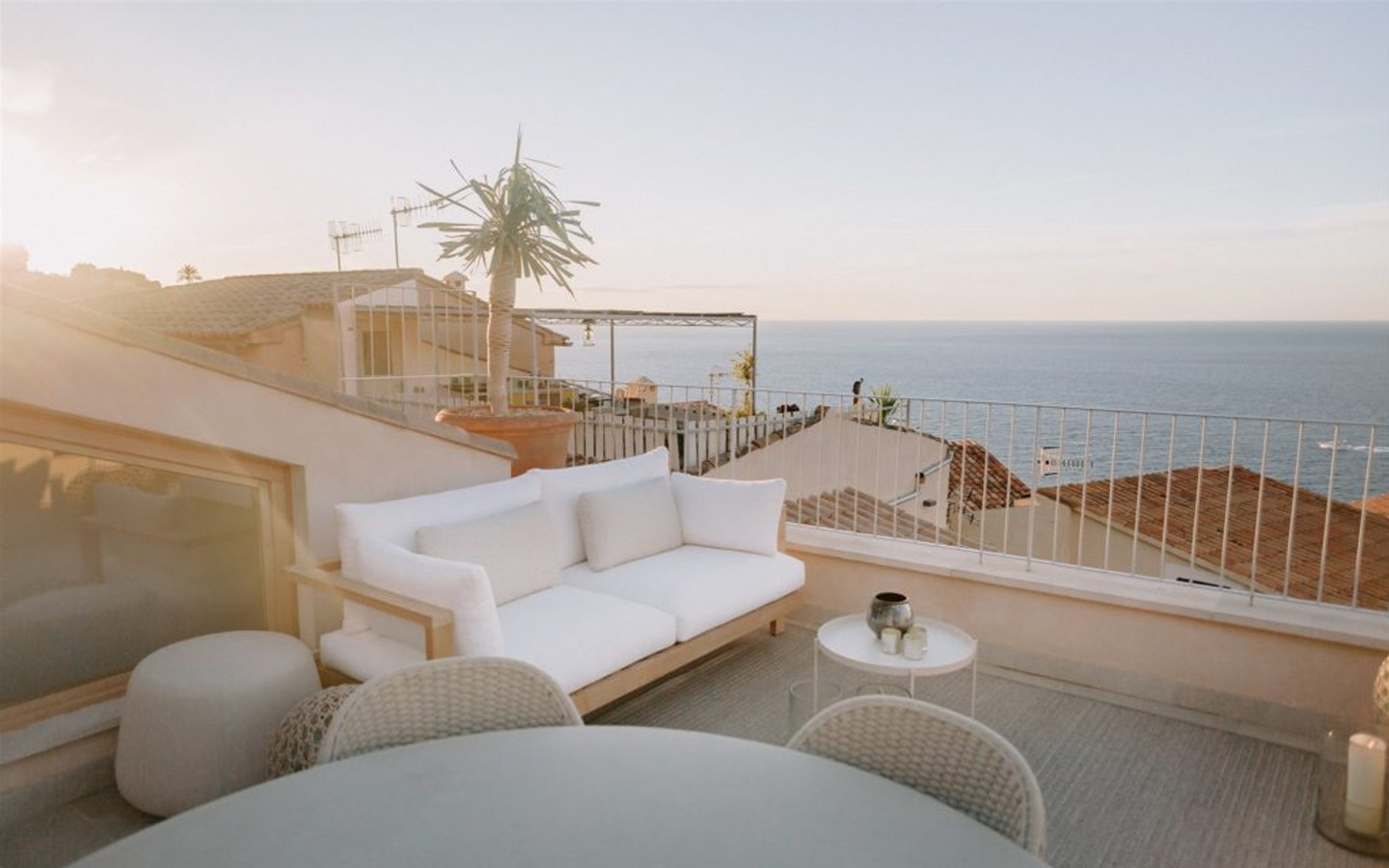Space and light and order. Those are the things that men need just as much as they need bread or a place to sleep.
- Le Corbusier
Renowned French architect Le Corbusier, who is one of the great pioneers of modern arcitecture, identified the roof terrace as being the ‘fifth point’ in his ‘Cinq Points de l’Architecture Moderne’. His view, which was innovative for the time, was that the roof terrace was an essential part of any urban home design. Le Corbusier had the idea that a flat roof could be converted into a space where living could be extended to the outdoors, creating a fusion of living spaces that ultimately enhances quality of life.
Nowadays, some of the most densely populated cities in the world have embraced the idea of the roof garden and terrace. With available land and space forever at a premium, as well as a growing consensus of the importance of nature in the urban environment, we have fabulous examples such as the futuristic Gardens by the Bay in Singapore, which is famous for its Cloud Towers, a sort of modern-day Hanging Gardens of Babylon.
A little closer to home, and many miles from the bustle of a large urban city, here in Mallorca we do roof top living, though perhaps in a more understated way. Walk the streets of old town Palma and discover gems of hotels where roof top spaces have been converted into restaurants, bars and even swimming pools, enjoying magical views over the old parts of the city and out into the Bay of Palma.
The Singluar Rooftop at Hotel Sant Fransenc is one of our favourite spots in the city, its rooftop pool and cocktail bar make it a perfect spot for a sundowner under the shadows of Palma Cathedral. Alternatively, drive the stunning coastal road past Banyalbufar and you´ll be delighted to see little roof terraces dotted amongst the terracotta tiled roofs overlooking some of the best sea views on the island.
However, it is not only in top end hotels that we can see evidence of these previously overlooked spaces being considered in overall design. Many of the old-style townhouses with their flat roofs have undergone a renaissance and are no longer just a space for a few plant pots and a clothesline. There is also real value to be unlocked – Mallorca, namely Palma, has the second highest price per square metre for property in the whole of Spain, second only to Madrid in some areas. The average price per square metre is now around €3,211 (March 2022, source: Idealista.com) so it goes without saying that transforming your roof terrace into an extension of your home can reap benefits in more ways than one.
Here at Mashamba, we have long realised the importance of making the most of any outside space you have. Over the years, Jennifer Warren-Gash, terrace designer, has completed many roof top designs and installations, ranging from small old town interior patios to spacious modern villas. Whether you are hiring a professional designer, or whether you are going at it alone, here are some of her tips for things to be considered in your design:
Of course, for us, plants are part of the ambience and an integral part of any installation we do. They can be used for screening if you have neighbours close by or used in pots as design accents in the overall scheme. When choosing plants for a roof terrace always consider their exposure to wind and sun as both can be equally damaging – opt for hardy, tolerant plants that will survive. One of Jennifer´s go to plants for roof top installations is the Agave Attenuata which she calls ´the little black dress of plants´as it can fit all different styles from rustic to modern and looks great all year round. It is also able to cope with an exposed location and has low water needs, making it a great choice for a roof terrace.
Before embarking on installing any structures for shade or outdoor living installations such as a kitchen, we suggest that you check with your local town hall before getting started. In some towns or neighbourhoods, you may only be allowed to install modular units, so nothing is considered a ´permanent´ structure. Thankfully, there are some fabulous modular kitchens (and even swimming pools!) very cleverly designed to get the most out of even the smallest of spaces.

As Le Corbusier said, ´the home should be the treasure chest of living´, so if you are lucky enough to have a roof top space or terrace just waiting to be transformed, think of it as an extra jewel in your treasure chest of living, just waiting to shine.